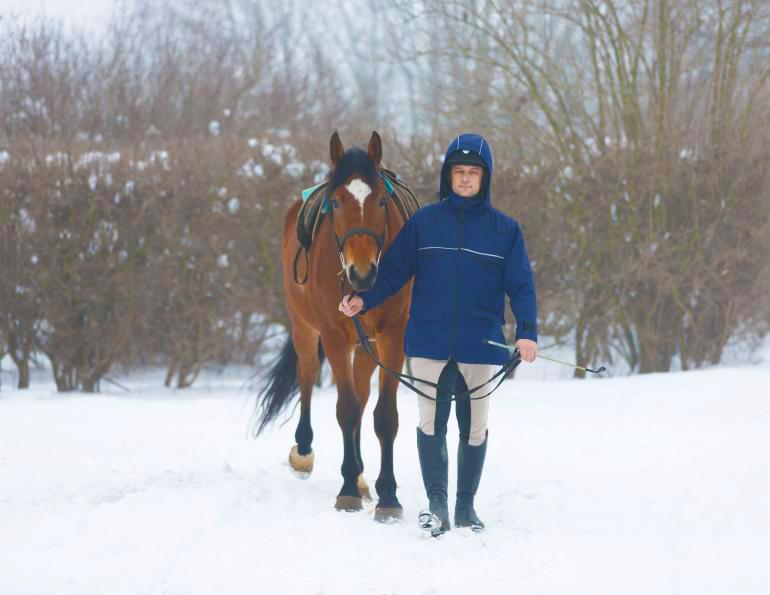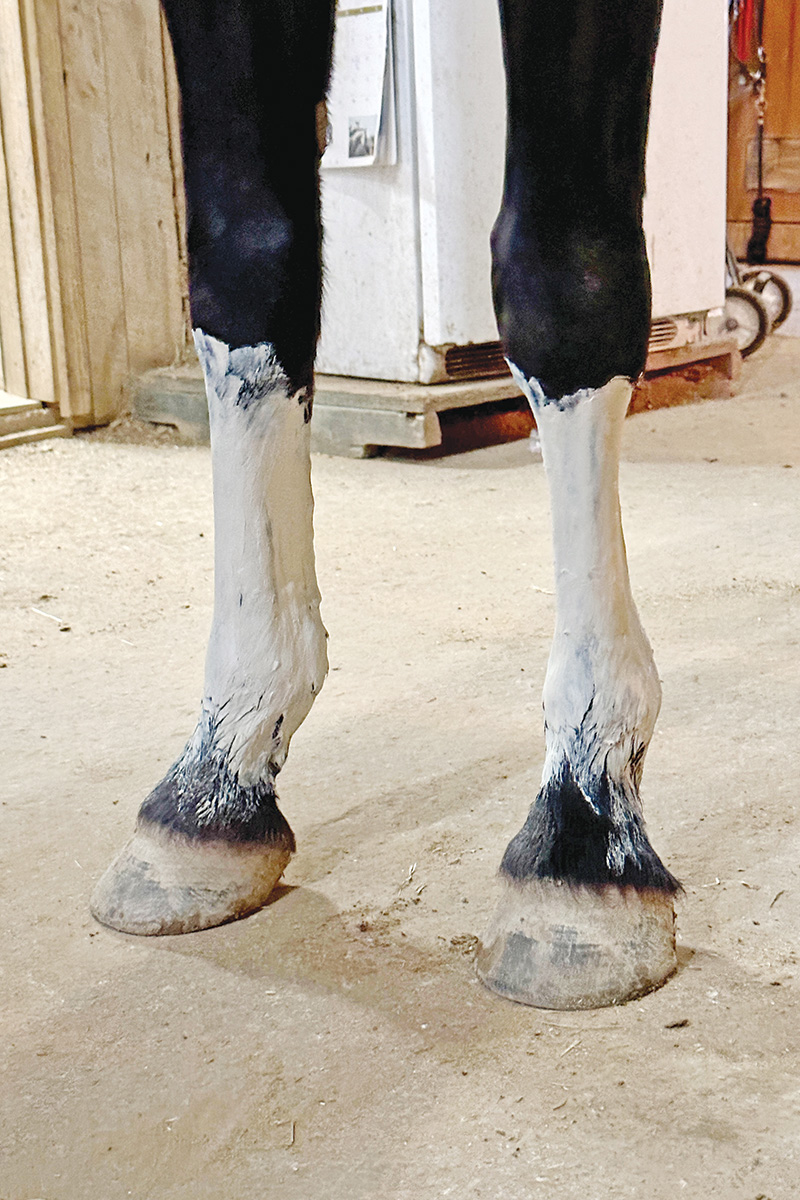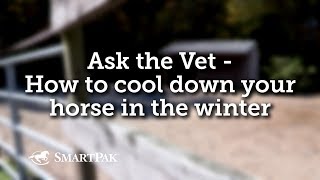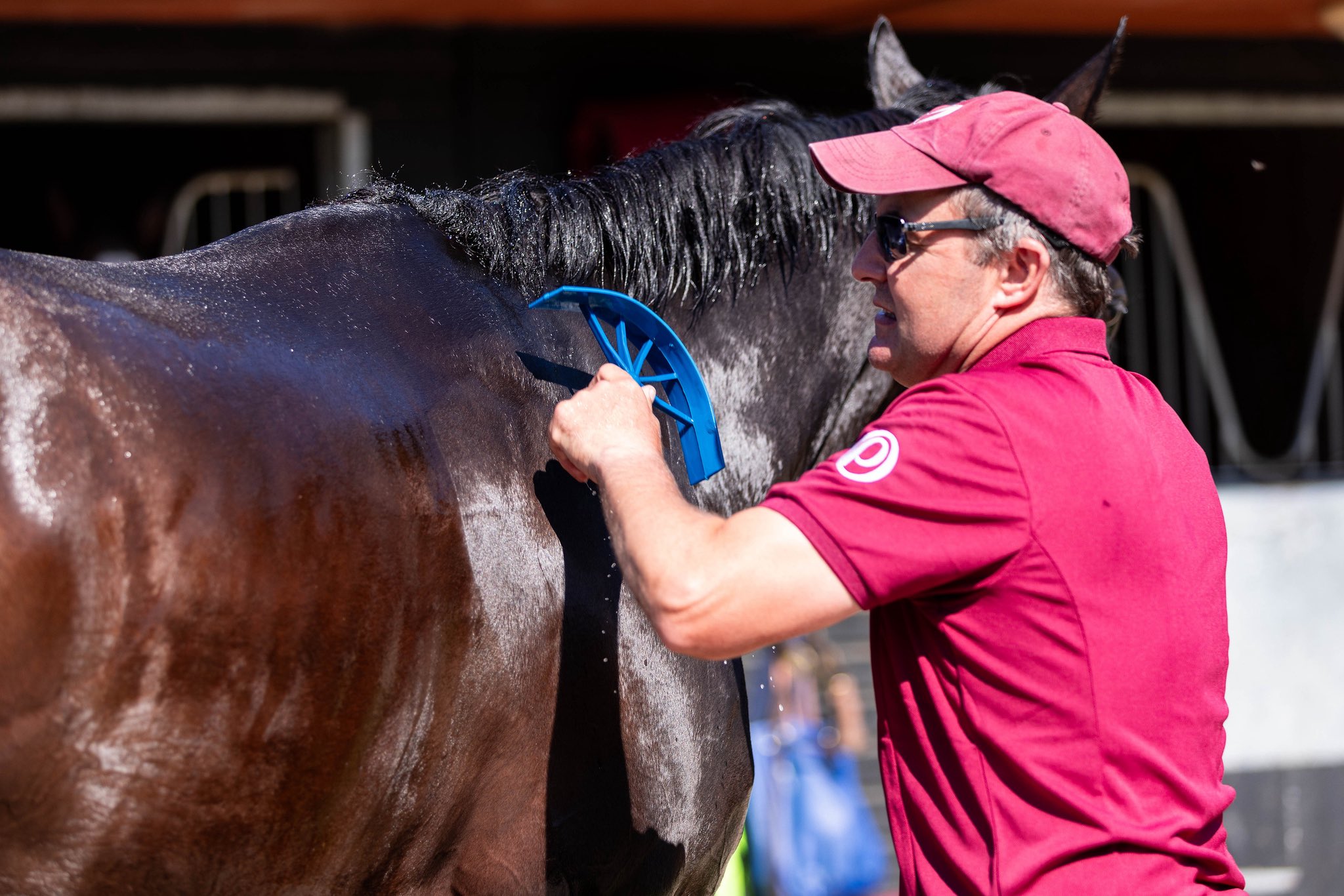Post-Workout Cool Down: Preventing Muscle Soreness in Your Horse

After an intense workout, just like humans, horses need a proper cool down to help their muscles recover and prevent soreness. This article explores effective strategies to ensure your horse stays healthy and comfortable post-exercise.
Why Cool Down Matters

Cooling down helps gradually lower your horse’s heart rate and breathing, preventing blood from pooling in the muscles. It also aids in flushing out metabolic waste products like lactic acid, which can cause stiffness and soreness if left to accumulate.
Effective Cool Down Techniques

| Technique | Description | Benefits |
|---|---|---|
| Walking | Lead your horse at a slow walk for 10-15 minutes after exercise. | Helps normalize heart rate and circulation |
| Stretching | Gentle stretches targeting major muscle groups. | Improves flexibility and reduces tension |
| Massage | Use hands or tools to massage muscles, focusing on tight or sore areas. | Enhances blood flow and relaxes muscles |
| Cold Therapy | Apply cold packs or cold water to legs and muscles. | Reduces inflammation and swelling |
Signs of Muscle Soreness in Horses
- Stiffness or reluctance to move
- Swelling or heat in muscles
- Changes in gait or lameness
- Behavioral changes such as irritability
Tips for Preventing Muscle Soreness
- Ensure a gradual warm-up before intense exercise
- Maintain consistent training schedules
- Provide balanced nutrition and hydration
- Use appropriate tack and equipment
Frequently Asked Questions (FAQ)
Q1: How long should the cool down period be?
A: Typically, 10-15 minutes of walking is recommended, but it can vary based on the intensity of the workout.
Q2: Can I skip the cool down if my horse seems fine?
A: It’s best not to skip it, as muscle damage can occur even if your horse doesn’t show immediate signs.
Q3: Are there any risks to improper cool down?
A: Yes, improper cool down can lead to muscle stiffness, soreness, and increased risk of injury.
Conclusion
Incorporating a structured cool down routine after workouts is essential for your horse’s muscle health and overall well-being. By following these guidelines, you can help prevent soreness and keep your equine partner performing at their best.
